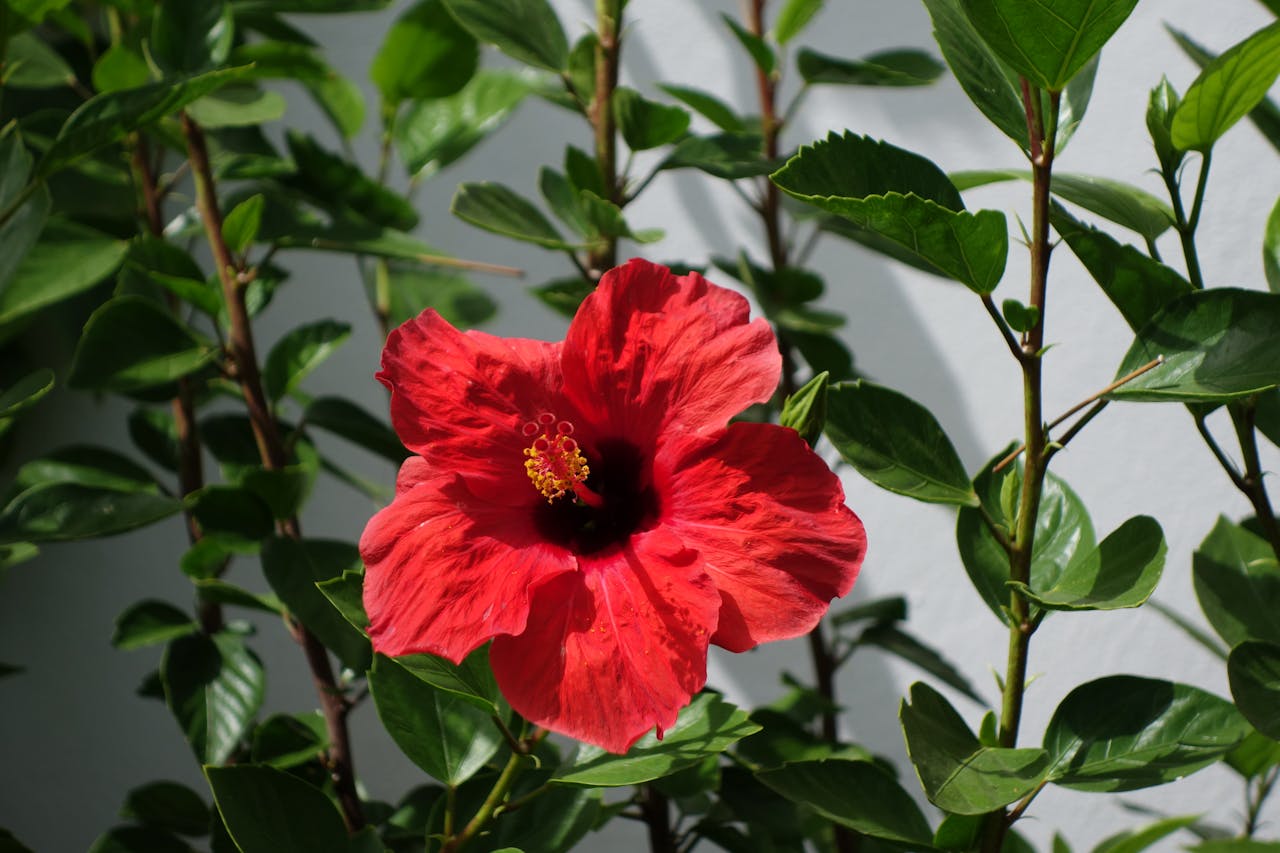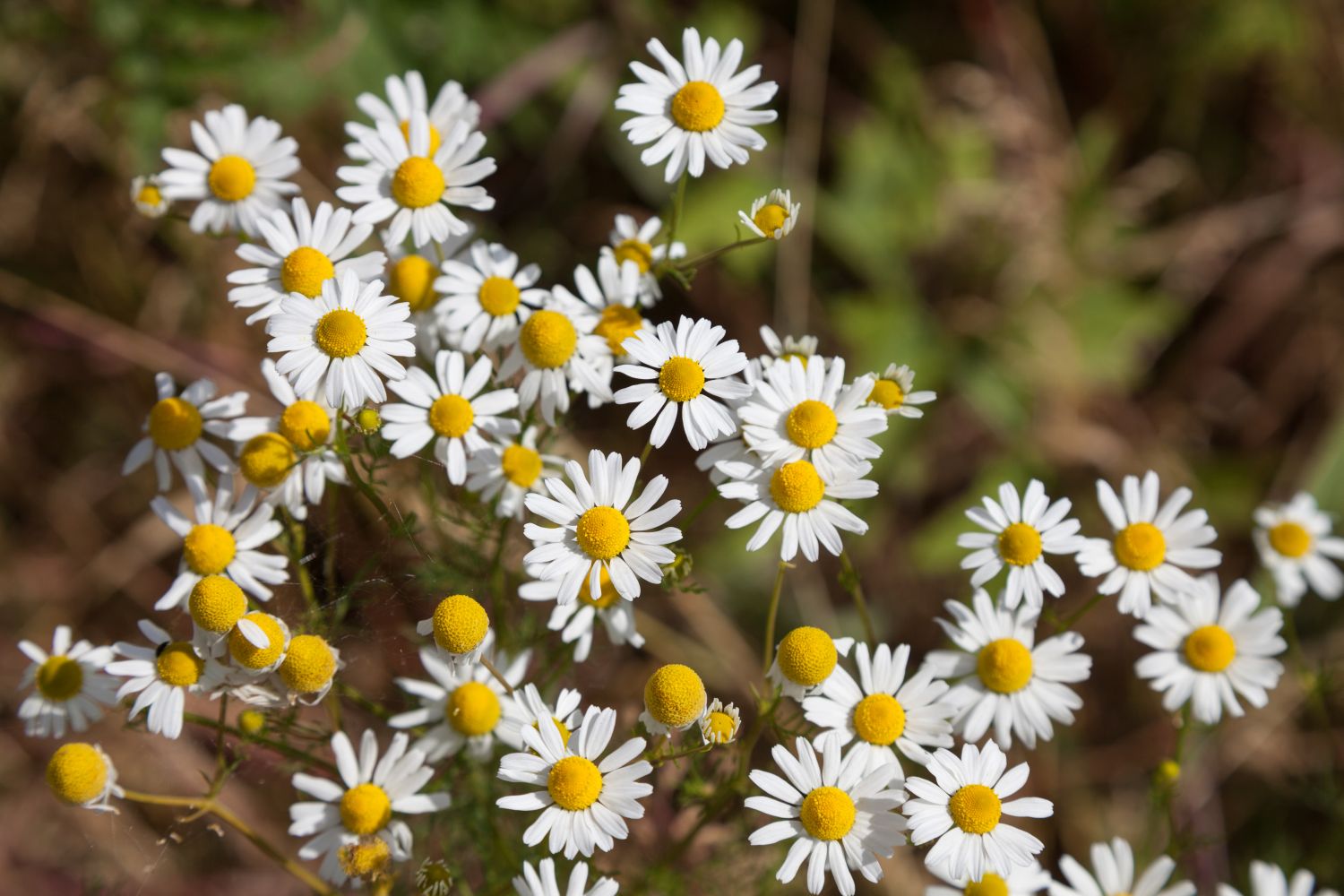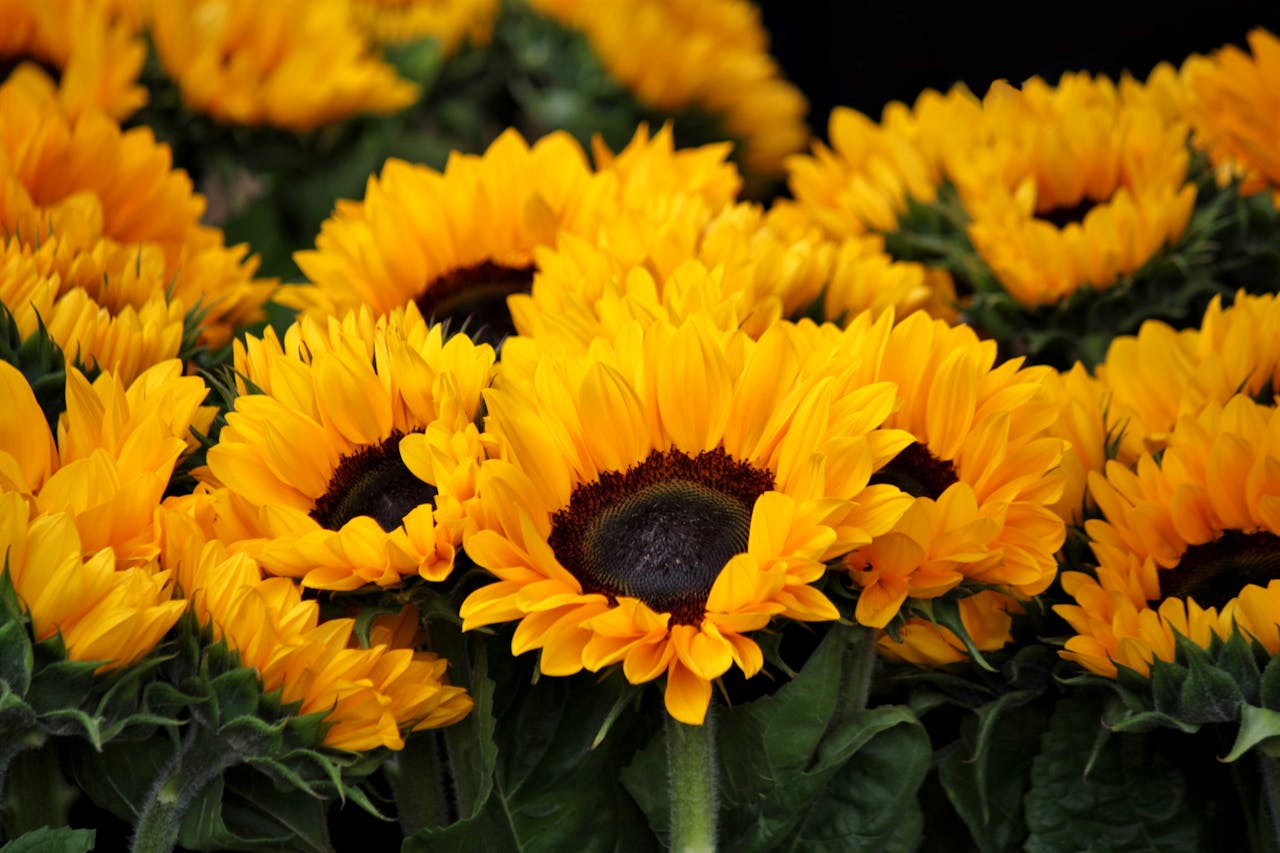
Local Beauty: Discover Flowers & Plants Native To Malaysia
Malaysia is known for its tropical rainforests and multicultural charm. As Independence Day or ‘Hari Merdeka’ approaches, why not take the opportunity to learn about the beautiful flowers and plants native to this country?
In today's journal entry, we will dive into the wondrous variety of flowers and plants that grace Malaysia with their beauty. Let's embark on a journey to discover the floral gems of Malaysia together!
Orchids

Orchids are a popular choice for gifting and brightening up homes. But did you know that orchids are a highly diverse family of flowering plants?
With over 25,000 species worldwide, Malaysia, in particular, is rich in orchid diversity, being home to over 3,000 orchid species. Among these, 1,000 species flourish in Peninsular Malaysia, while the states of Sabah and Sarawak host 2,500 species.
Malaysia’s orchids produce beautiful flowers in vibrant hues and various shapes. These orchids bloom consistently throughout the year, particularly when they receive lots of TLC. This also indicates that Malaysia's orchids are strong and resilient, adapting well to the country's humid climate.
The vanilla orchid, represented by 12 species in Malaysia, holds enormous economic potential. At least three of these species can produce vanilla essence - the second most expensive spice in the world (after saffron) comes from vanilla orchids grown in Malaysia!
Bougainvillea

Originally from South America, the bougainvillea has become a beloved ornamental garden plant in Malaysia as it requires minimal care and can withstand the country’s hot weather. Plus, it blooms all year round!
Did you know that this beautiful flower was named after a person? Specifically, it was named after a French explorer Louis Antoine de Bougainville, who came across the bougainvillea flower during his 18th-century voyage to Brazil.
In Malaysia, the bougainvillea is called 'Bunga Kertas', which translates to paper flowers. The name likely comes from the flower's delicate bracts, which resemble thin pieces of paper and are often mistaken for petals.
While magenta is the most common colour, you can also find bougainvillea in stunning shades of pink, purple, orange, yellow, and white. Its vibrant presence lights up parks and roadsides, adding pops of colour and freshness to the landscape.
Today, India, Malaysia, Thailand, Taiwan, Hawaii, and Florida are among the top cultivators and suppliers of this exquisite bloom.
Pothos

Also known as the Devil’s Ivy, pothos plants are herbaceous, evergreen plants that grow perennially, and they’re a much-loved plant for novices and experienced plant parents as they’re almost impossible to kill.
Like many evergreen houseplants, the pothos originate from the tropics. They have leathery, heart-shaped leaves that vary in size and colour depending on the species.
Pothos has 15 different species worldwide. While the well-known golden pothos (Epipremnum aureum) originates from the island of Moorea in the South Pacific, other species have roots in countries such as Malaysia, Indonesia, and Papua New Guinea.
You may find pothos as ornamental plants in commercial lots or shopping malls due to their versatility and ability to thrive in various weather conditions. However, you’ll also spot pothos plants in the wild, clinging onto trees and walls across Malaysia.
Ixora

Have you ever come across the stunning Ixora flower? We bet you a bouquet that you know and have seen this flower before, most likely in parks or even at school!
Also known as the 'Needle Flower' or 'Jejarum', this eye-catching flowering shrub is a year-round bloomer with vibrant red, pink, or orange blooms. It's a beloved childhood memory for many Malaysians.
Just imagine plucking the needle-shaped buds to taste their sweet nectar, or stringing them into beautiful necklaces and bracelets. We've definitely indulged in these fun activities too - it's hard to resist!
Allamanda

Check out these vibrant flowers that are a hit with humans, bees, sunbirds, and butterflies! They're perfect for adorning trellises and fences in parks and gardens, blooming in a stunning display all year round.
The Allamanda (Allamanda cathartica) is a member of the Apocynaceae family and is commonly referred to as Yellow Bell, Golden Trumpet, or Golden Trumpet Vine.
In Bahasa Malaysia, it is known as 'Akar Kuning' or 'Akar Cempaka Hutan'. Interestingly, the allamanda in Chinese is called 'ruan zhi huang chan', which translates to ‘soft-stemmed yellow cicada’ due to the resemblance of the unbloomed flower bud to a newly-emerged cicada.
The allamanda is an evergreen tropical climber with large, bright yellow trumpet flowers and glossy green leaves. Though these blooms are native to South and Central America, they have naturalised throughout the tropical regions, including Malaysia.
Rafflesia

The world's largest flower is also, unfortunately, the most foul-smelling. Its large petals emit a repulsive odour to attract pollinators and prey, much to the dismay of the human nose. Meet the rafflesia - a remarkable flower with 28 known species, native to Malaysia, Thailand, Indonesia, and the Philippines.
In Malaysia alone, 12 species of this unique bloom can be found across the jungles of the Northern Peninsula, Sabah, Sarawak, and Tioman Island. Among them, the Rafflesia kerri stands out as the largest species in Malaysia, second in size only to the Rafflesia arnoldii, which thrives in West Sumatra, Indonesia.
Known as the ‘corpse flower’ due to its putrid smell, the Rafflesia is a parasitic plant that relies entirely on the wild grapevines of the Tetrastigma genus for survival.
Endangered and found in rainforests, the Rafflesia faces significant threats from habitat loss and poaching. The collection of its buds, often sold for their alleged medicinal properties, further endangers this extraordinary flower's existence.
Palm Tree

In Malaysia, you’ll commonly see many palm trees growing along the roadsides or in residential areas. Surround yourself with enough palm trees and you’ll feel like you’re sipping mimosas on a beach in California.
Malaysia is undeniably a palm-rich country, boasting one of the highest diversities of palm species in the world. Out of the known 2,600 palm species, 443 of those palm species are found right here in Malaysia.
Among the well-known indoor palms native to Malaysia are the Java Palm, Areca Palm, Red Sealing Wax Palm, and the stunning Mangrove Fan Palm or ‘Pokok Palas Duri’.
Pagoda

The pagoda (Clerodendrum paniculatum) is a popular flowering plant in the Lamiaceae family, commonly found in the Asian tropics. Its vibrant flowers come in red, orange, and white.
Besides its decorative uses, pagoda flowers are also used for medicinal purposes. They can be brewed into an infusion and used as a purgative, or applied topically to heal burns and wounds. Furthermore, these flowers hold cultural significance and are often sprinkled on 'sacred water' during traditional Malay weddings and blessing ceremonies.
Some Malaysians and Indonesians believe pagoda flowers possess supernatural powers, possibly due to the plant's name in Bahasa Malaysia, 'Panggil-panggil,' which means ‘to summon’. This association is connected to the belief in the flowers' ability to 'summon' spirits.
The pagoda plant is ideal for warm and humid climates and can be easily propagated vegetatively from cuttings. It reliably produces large inflorescences nearly all year round, making it a desirable addition to gardens in suitable climates.
Hibiscus

Of course, we had to include our national flower in this list! Also known as the ‘Queen of Tropical Flowers,’ the hibiscus symbolises wealth, glory, and fame. Though mainly seen in bright red, the stunning hibiscus comes in many colours and sizes.
In Bahasa Malaysia, it’s called ‘Bunga Raya,’ which directly translates to ‘celebratory flower,’ reflecting unity in our multicultural nation.
Our national flower is the red hibiscus rosa sinesis. Its vibrant shade symbolises the courage and vitality of the people while the five petals represent the five principles of the Rukun Negara.
Celebrate Merdeka Day With Blooms
Exploring the floral gems of Malaysia reveals not just the natural beauty of our land but also the rich cultural significance these flowers hold. From the iconic red hibiscus to the evergreen pothos, each bloom tells a story of our nation's biodiversity and heritage.
As we approach Independence Day or ‘Hari Merdeka’, these flowers remind us of the beauty and resilience that define our country. Whether you're drawn to their vibrant colours, unique shapes, or the symbolism they carry, these blooms are a testament to Malaysia's natural wonders.
Which flower or plant speaks to you the most, and how would it inspire your space? Share your thoughts with us and let’s celebrate the beauty that blooms right here at home, especially during this time of national pride.
Explore our exquisite collection of artisan handcrafted flowers today and indulge in the beauty of nature. Want to be featured on our social media? Tag us in your posts at @lunafloral.my and use the hashtag #LunaSociete. For enquiries, contact our team here or via WhatsApp at +60149134145.


